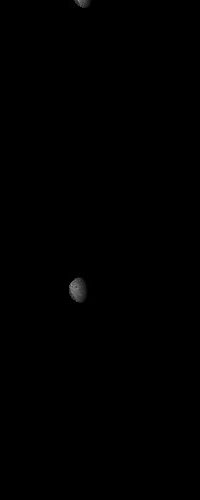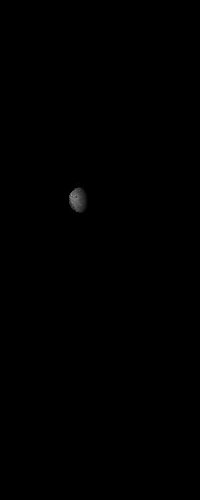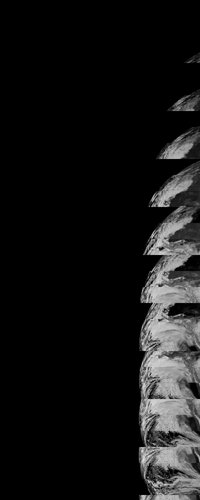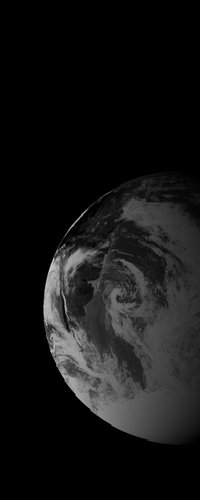1-band imaging
Methane-filter images will also be taken during Earth flyby. The methane filter detects near-infrared light which is strongly absorbed by methane. At Jupiter, the methane band will be used to detect atmospheric regions with the highest concentrations of methane, which can be used to vertically probe atmospheric structure. On the other hand, Earth's atmosphere does not contain enough methane to heavily affect the methane-band images. What is noteworthy is that chlorophyll (the pigment present in plants that gives them their green color) reflects the color of light picked up by the methane band very well; so instead of detecting methane, the methane band will highlight areas of dense vegetation, cloud cover permitting. In addition, since the methane filter allows significantly less light to pass through than the visible light bands, it will be better-suited to take photographs of the Earth (which is very bright compared to Jupiter due to its proximity to the Sun) than the color bands, as the simimages taken by the color bands may be too saturated to see clearly.
In addition to the methane images, a few simimages will also be taken in exclusively one visible color (red, green, or blue).
|

















































